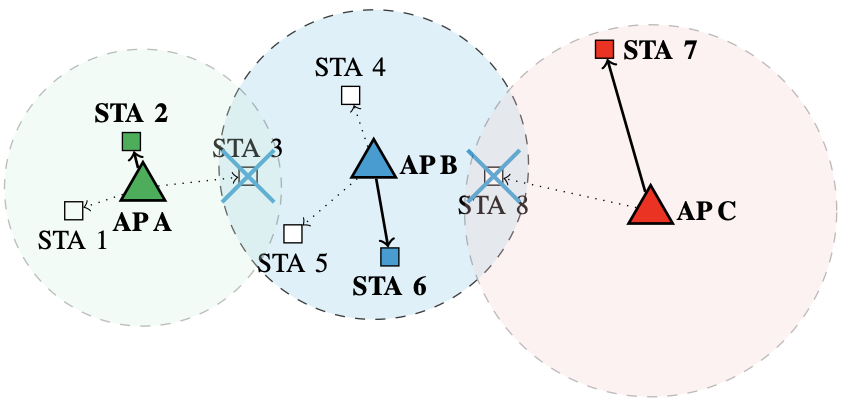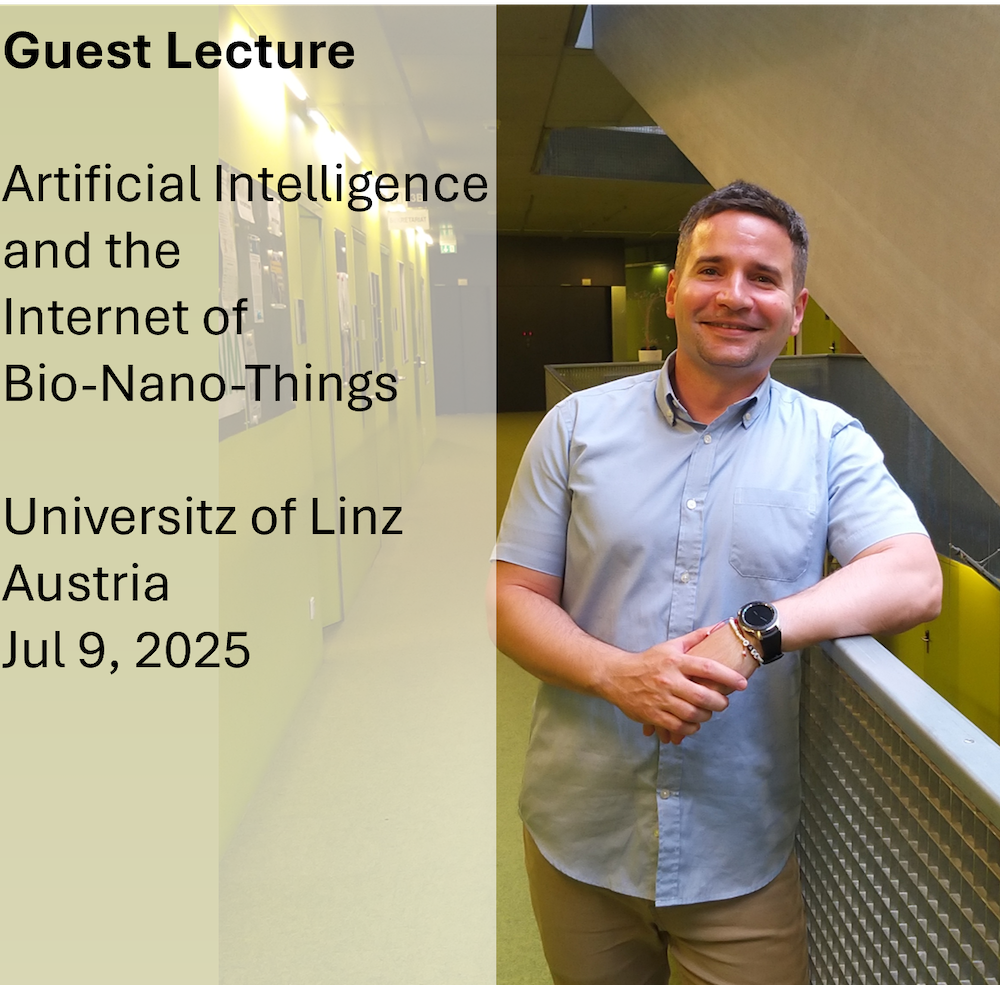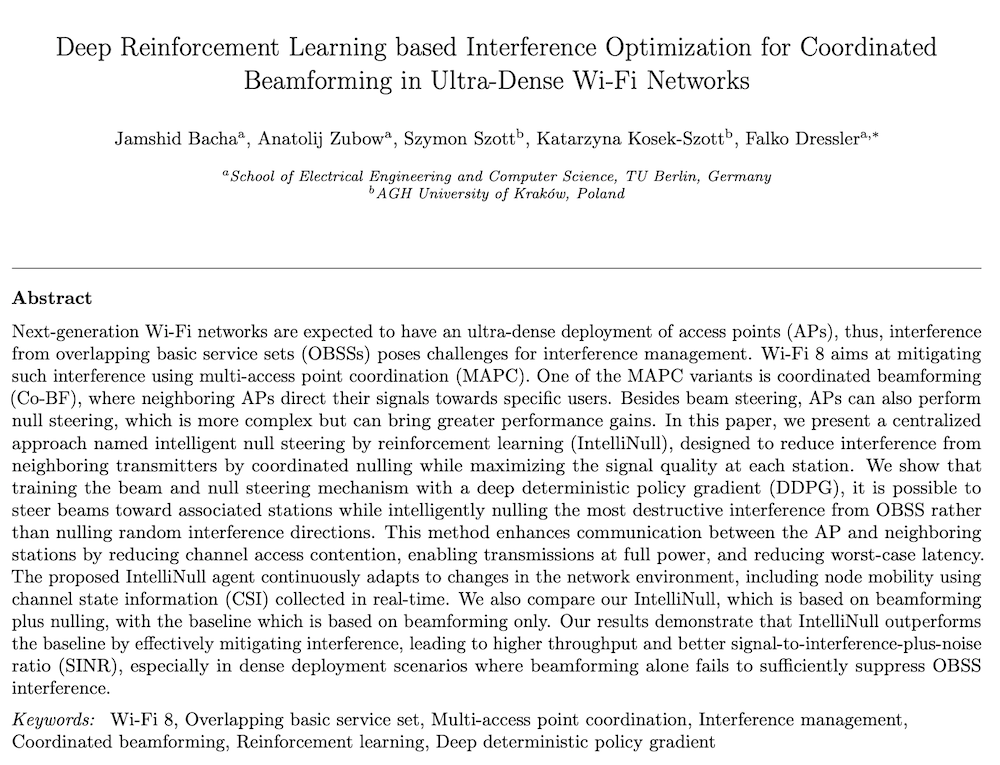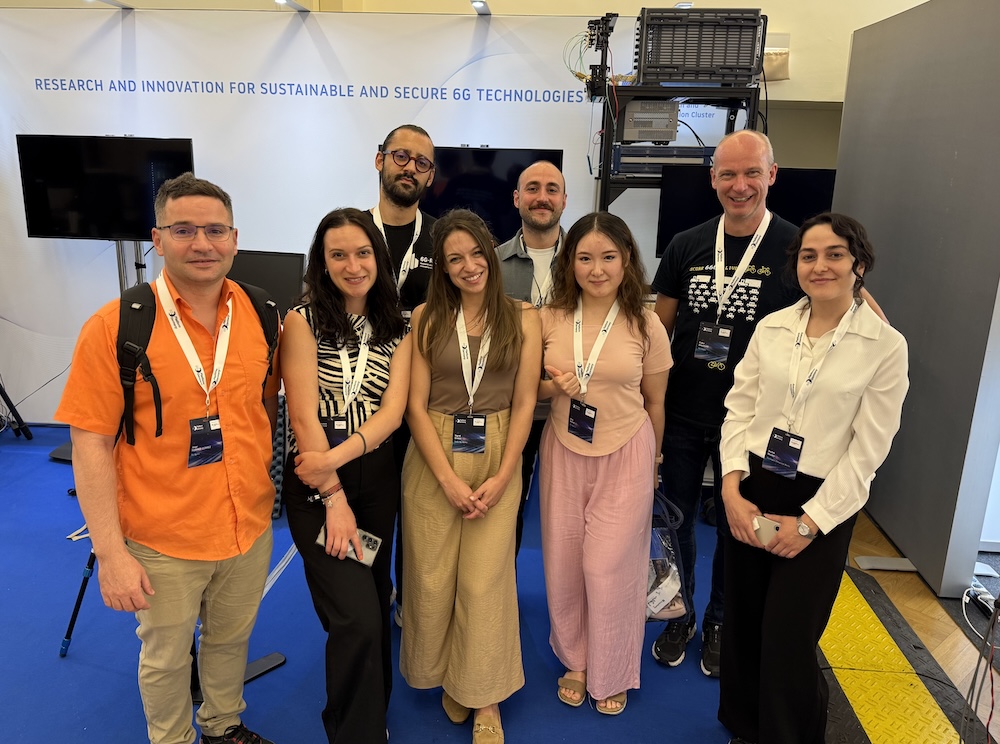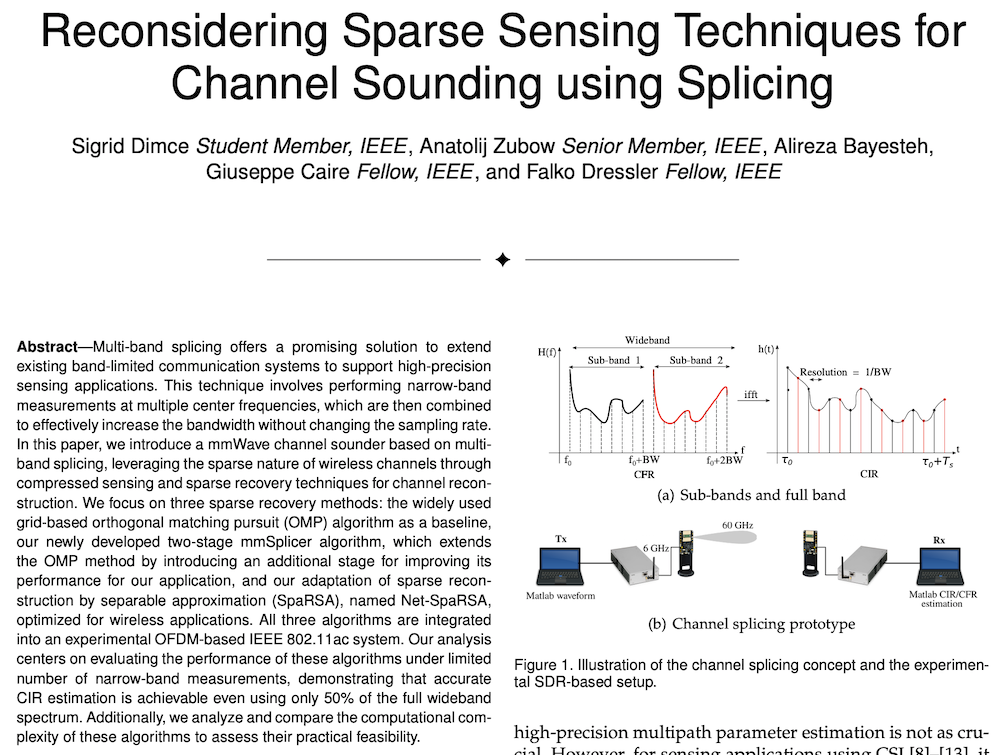Literature Database Entry
awad2009efficient-data
Abdalkarim Awad, "Efficient Data Management in Wireless Sensor Networks using Peer-to-Peer Techniques," PhD Thesis, Department of Computer Science, Friedrich–Alexander University of Erlangen–Nuremberg (FAU), November 2009. (Advisor: Falko Dressler; Referees: Falko Dressler and Wolfgang Schröder-Preikschat)
Abstract
The data-centric nature of Wireless Sensor Networks (WSNs) and the severe resource constraints of the sensor nodes distinguish sensor data management from other communication networks. Both the client-server approach as well as the end-to-end communication principle that have been proposed in the for Mobile Ad Hoc Networks (MANETs) do not suit the characteristics of WSNs. Efficient lookup and routing of sensor data are of great significance for WSNs, especially as the size of these networks continues to grow. On an abstract level, structured peer-to-peer protocols, which rely on Distributed Hash Tables (DHTs) provide O(1) complexity for storing and retrieving data in the network, seem overcome these restrictions. However, the fact that they rely on underlayer routing techniques leads to inefficient resource usage in the context of sensor networks. The combination of DHTs and underlayer routing led to the establishment of so called virtual coordinate routing techniques. Most of these algorithms are quite complicated and do not guarantee packet delivery on the shortest path. Additionally, only few of them are implemented in real sensor nodes. In this dissertation, we present the Virtual Cord Protocol (VCP), a virtual position based routing protocol that also provides means for data management such as identifying, storing, and retrieving data items. The key contributions of this protocol are independence of real location information by relying on virtual relative positions of neighboring nodes, the simplicity of obtaining the virtual positions, near optimal routing paths, and high scalability because only information about direct neighbors is needed for routing. Furthermore, VCP provides a unique position for each node and inherently prevents dead-ends. We extensively evaluated VCP in a number of simulation experiments. The simulation results show that VCP consistently provides high throughput and low overhead for a wide range of application scenarios. We compared VCP with Dynamic MANET on Demand (DYMO), a typical MANET protocol, and with Virtual Ring Routing (VRR), another virtual coordinate based approach. In static networks, both VCP and VRR clearly outperform DYMO. In the case of frequent node failures, however, VCP benefits from its light-weight design. Our protocol is more failure tolerant compared to VRR. We finally integrated data replication techniques that support high success rates even in very unreliable sensor networks. A prototype implementation on real sensor nodes outlines the feasibility of our approach in a proof-of-concept study.
Quick access
Contact
BibTeX reference
@phdthesis{awad2009efficient-data,
author = {Awad, Abdalkarim},
title = {{Efficient Data Management in Wireless Sensor Networks using Peer-to-Peer Techniques}},
advisor = {Dressler, Falko},
institution = {Department of Computer Science},
location = {Erlangen, Germany},
month = {11},
referee = {Dressler, Falko and Schr{\"{o}}der-Preikschat, Wolfgang},
school = {Friedrich--Alexander University of Erlangen--Nuremberg (FAU)},
type = {PhD Thesis},
year = {2009},
}
Copyright notice
Links to final or draft versions of papers are presented here to ensure timely dissemination of scholarly and technical work. Copyright and all rights therein are retained by authors or by other copyright holders. All persons copying this information are expected to adhere to the terms and constraints invoked by each author's copyright. In most cases, these works may not be reposted or distributed for commercial purposes without the explicit permission of the copyright holder.
The following applies to all papers listed above that have IEEE copyrights: Personal use of this material is permitted. However, permission to reprint/republish this material for advertising or promotional purposes or for creating new collective works for resale or redistribution to servers or lists, or to reuse any copyrighted component of this work in other works must be obtained from the IEEE.
The following applies to all papers listed above that are in submission to IEEE conference/workshop proceedings or journals: This work has been submitted to the IEEE for possible publication. Copyright may be transferred without notice, after which this version may no longer be accessible.
The following applies to all papers listed above that have ACM copyrights: ACM COPYRIGHT NOTICE. Permission to make digital or hard copies of part or all of this work for personal or classroom use is granted without fee provided that copies are not made or distributed for profit or commercial advantage and that copies bear this notice and the full citation on the first page. Copyrights for components of this work owned by others than ACM must be honored. Abstracting with credit is permitted. To copy otherwise, to republish, to post on servers, or to redistribute to lists, requires prior specific permission and/or a fee. Request permissions from Publications Dept., ACM, Inc., fax +1 (212) 869-0481, or permissions@acm.org.
The following applies to all SpringerLink papers listed above that have Springer Science+Business Media copyrights: The original publication is available at www.springerlink.com.
This page was automatically generated using BibDB and bib2web.

